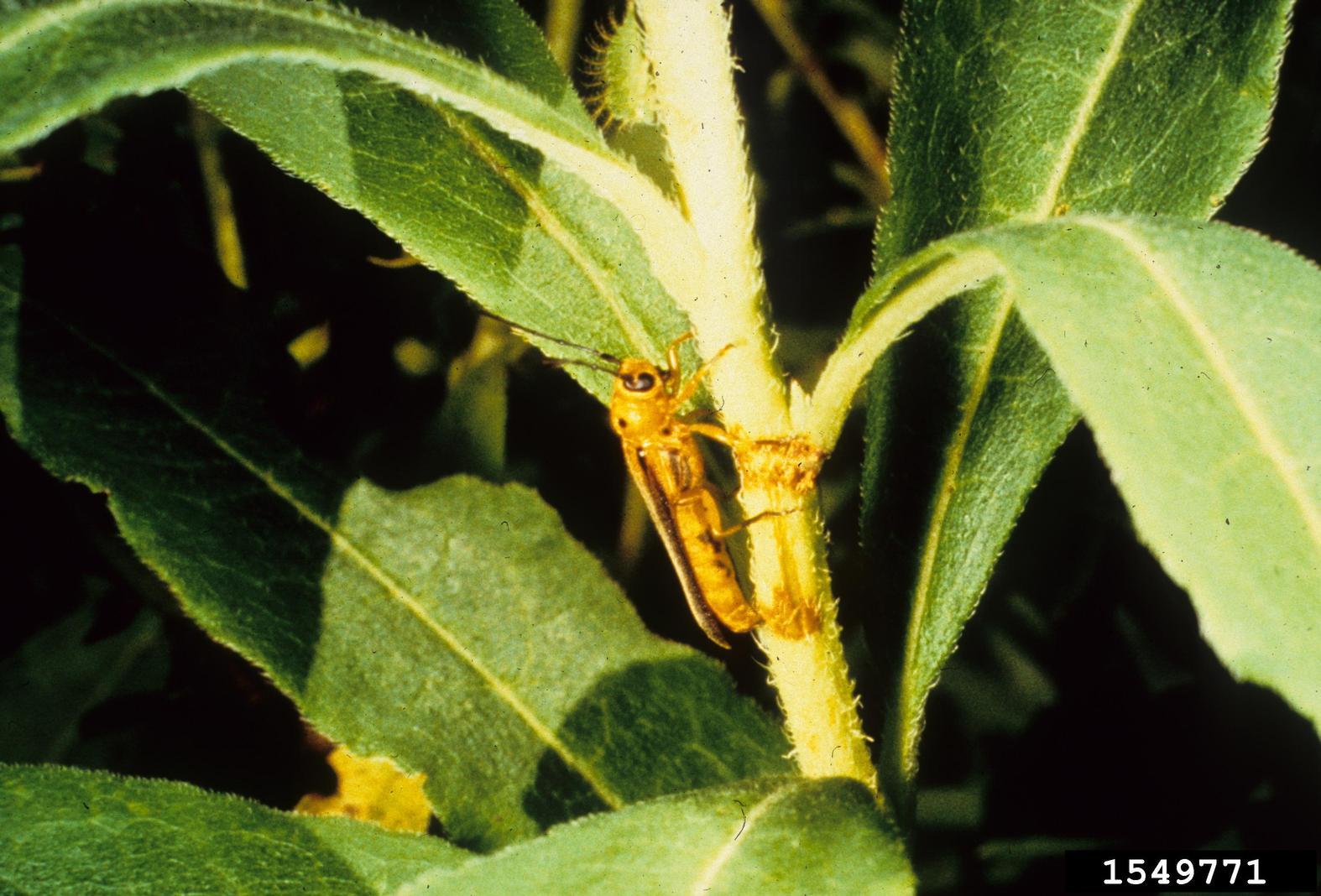Mountain Laurel Pests – Fighting The Bugs That Eat Mountain Laurel Bushes


Mountain laurel is a pretty flowering shrub that zone 5 through 9 gardeners like to use for screening, borders, and other yard elements. Unfortunately, there are a number of pests of mountain laurel that you will have to contend with if you want to grow this beautiful shrub.
Types of Mountain Laurel Pests
This shrub is a great plant for shady yards and forest gardens, but there are a few bugs that eat mountain laurel. Be aware of all the possible mountain laurel insects that may infest so that you can take steps to prevent and manage as needed: Lace bug – If you see pale, mottled discoloration on your mountain laurel’s leaves, it may be lace bug that is sucking the sap out of them. This is one of the most common of mountain laurel insects and is small and square shaped. Weevil – Weevil larvae attack the roots of mountain laurel, which causes the leaves to turn yellow first, and ultimately the leaves and branches to die. The adult bugs fed on the leaves, leaving notches along the edges. Rhododendron borer – This is a small, pale larva that bores into stems and overwinters there. The boring damages stems and leaves scars. You may also see little piles of sawdust where they have entered a stem. Mulberry whitefly – Whitefly nymphs may infest the undersides of your mountain laurel leaves, so turn them over to check for infestation. Whiteflies are sap-sucking insects that quickly stress plants in large numbers.
Mountain Laurel Pest Control
To manage pests on your mountain laurel, start by giving it the best growing conditions; a healthy plant will be better able to resist pests and damage. Use compost in the soil, but don’t apply too much fertilizer. Keep it well watered during the growing season, using mulch to retain moisture. If you see signs of pests, there are some steps you can take to manage infestations. Lace bugs are often easy to spot, and you can remove these manually for minor infestations. For a bigger problem, use an insecticide on the affected leaves. Whitefly control usually requires use of an insecticide. For weevils, which drop from leaves when disturbed, you can lay down a cloth, shake the branches of the shrub, and collect the fallen insects. You can also use a plant barrier like tanglefoot to keep adult weevils from climbing up to eat the leaves. To manage larvae at the roots, use a pathogenic nematode or an appropriate pesticide. To manage a borer infestation, kill the larvae in their bore holes. You can do this manually with a hook or knife, or you can inject an insecticide into the holes you find with sawdust beneath them. Seriously damaged stems should be removed and burned. Adult borers can be caught with a black light trap. Note: Any recommendations pertaining to the use of chemicals are for informational purposes only. Chemical control should only be used as a last resort, as organic approaches are safer and more environmentally friendly.
Sign up for the Gardening Know How newsletter today and receive a free copy of our e-book "How to Grow Delicious Tomatoes".

Mary Ellen Ellis has been gardening for over 20 years. With degrees in Chemistry and Biology, Mary Ellen's specialties are flowers, native plants, and herbs.